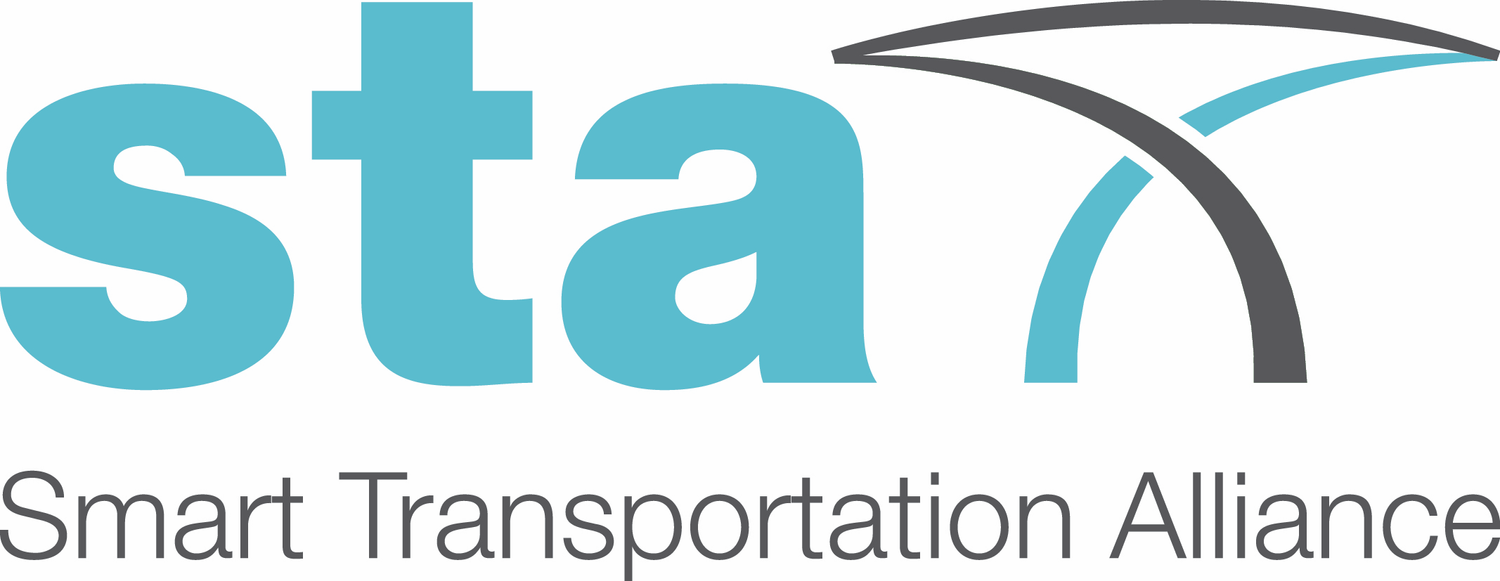STA SURVEY HIGHLIGHTS THE NEED FOR IMPROVED STRATEGIES FOR THE DEPLOYMENT OF SMART INFRASTRUCTURES
The STA Technical Committee on Smart Mobility, TC1, chaired by Dr Elena de la Peña, has conducted a survey between 5 and 27 April 2018 on Smart Mobility issues associated with the deployment of the Smart Infrastructures of the Future.
The purpose of this survey has been to analyse the experts’ perceptions on Smart Mobility issues critical to secure actual deployment of a new generation of transportation infrastructures. 103 experts from across the world have contributed to the survey; the collected responses will also serve as an underlying basis for future activities carried by STA.
Most notably, the survey’ results highlight the following:
Almost 70% of respondents think that high-quality service and improvement of mobility are key features for considering an infrastructure ‘smart’; on the contrary, less than 30% of the respondents believe that resilience or the provision of added value are key attributes of a Smart Infrastructure.
52% of the participants consider that there had been no or minor advances in the creation of Smart Infrastructures.
With regards to the adaptation of roads to connected or automated vehicles, 62% and 65% respectively of the respondents consider that such transition is not so advanced. In addition, while all participants agree that adapting inter-urban networks should come first in this context, also 41% regard the adaptation of urban and rural roads as relevant.
Almost 90% of the participants consider that making infrastructure and transport smart will be cost-effective in the long run.
The overall perception also highlights that the legal, financial and budgetary systems still require a higher level of adaptation in order to accommodate the deployment of Smart Infrastructures. More specifically, 85% of the respondents consider the current legal system not at all or slightly adapted to this evolution, while 80% perceive the financial and budgetary systems not adapted at all or only slightly adapted.
According to these results, STA considers that, in the next future, the civil construction and transport services sectors should work increasingly together in the definition of a viable model for the Smart Mobility of the 21stcentury, considering road networks (interurban, urban and rural) as a unique system interconnected with other transport networks.
Users and citizens should be at the backbone of the new Smart Mobility model. When it comes to urban and transportation planning, users should play a more fundamental role. In fact, in increasingly interconnected cities, citizens have become key actors in providing data and information that could shape the decision-making process, and therefore the deployment of services and transportation networks that match the users’ real needs, while bringing higher benefits for society in terms of economy, efficiency and impact reduction on the environment.

